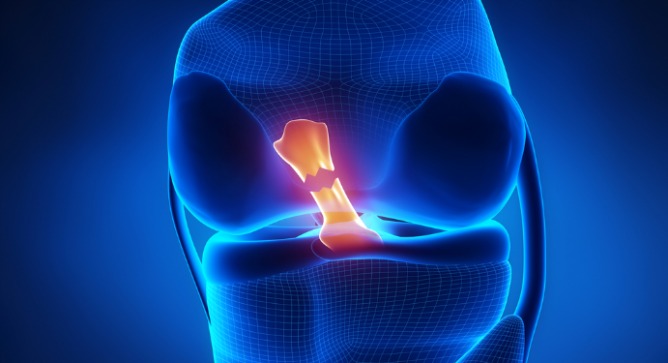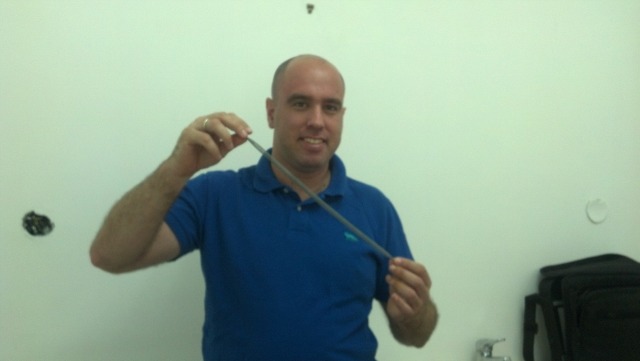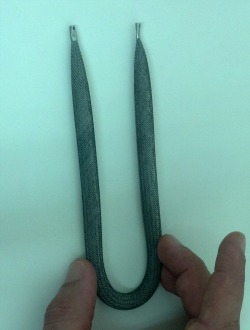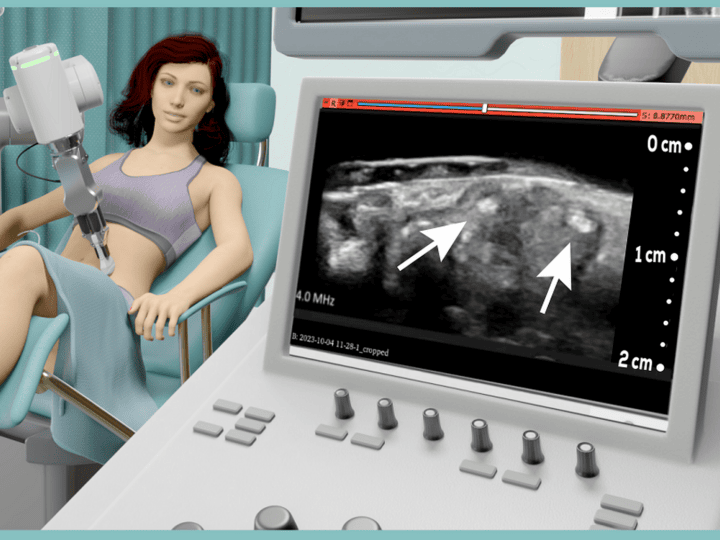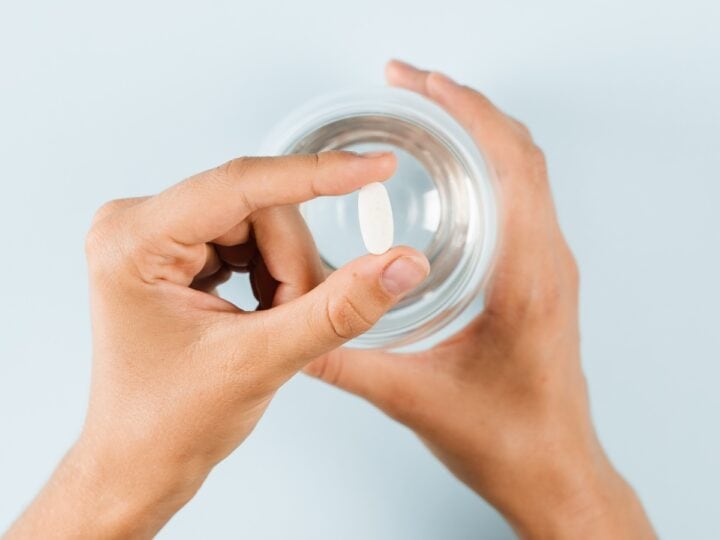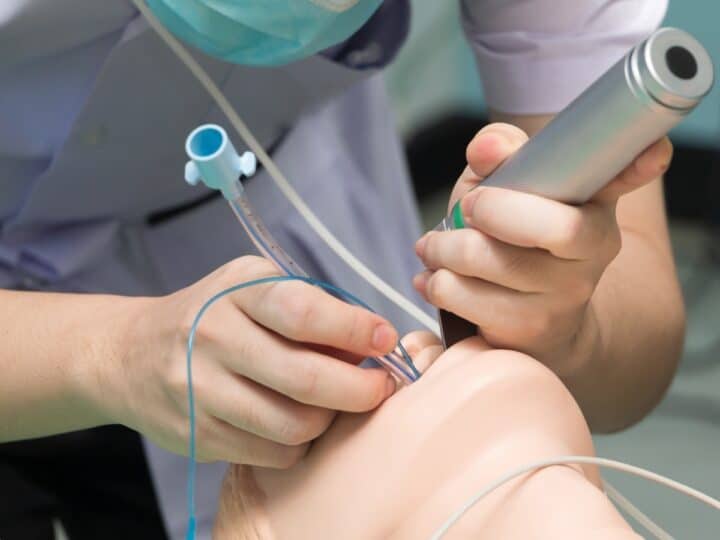With sports in the US getting more competitive every year, a torn knee ligament can mean “game over” for a professional footballer, tennis star or basketball champion.
Yet these kinds of injuries are becoming more and more common, with an estimated 700,000 tears of the anterior cruciate ligament (ACL) –– the most common type of knee tear –– every year.
Spread the Word
• Email this article to friends or colleagues
• Share this article on Facebook or Twitter
• Write about and link to this article on your blog
• Local relevancy? Send this article to your local press
A promising new ligament implant from Israel is now entering the market, kicking months of recovery time off any current treatment.
Inspired by stents, the device is developed by the five-year-old Israeli company Tavor. The Knee-T-Nol implant is made from a metal and titanium alloy, Nitinol, and looks a little like a dart.
When implanted laparoscopically through three small incisions, the flexible metallic tubing works to anchor the knee to its upper and lower bones, while providing strength, support and ligament-like freedom of movement almost immediately.
The braided, super-elastic Nitinol strands are spring-like, much like a natural tendon.
After surgery, “You can walk around the same night,” says inventor and CEO Idan Tobis. “That’s the magic. It takes one, two or three months and they can be back in the game. That’s completely different from losing a season or not; losing a career or not. It’s that simple.”
The Tavor implant reportedly failed in two people, but it is now in place in 14 patients in Israel. It offers great promise for athletes who have everything to lose.
In one case, Tobis has even seen hints in scans that a patient’s torn ligament is growing on the implant, as though it were a scaffold, he tells ISRAEL21c.
While the rates of ACL injuries can vary according to the sport, the outcome adds up to $2 billion when the cost of 350,000 surgeries is factored in. This doesn’t include lost salaries and endorsements to professional players.
With a CE Mark of approval for Europe, the procedure and implant is currently only available in Turkey, but at clinics that accept foreign patients, says Tobis.
Turkey’s hub city, Istanbul, is part of Europe while the rest of the country sits in the continent of Asia. Turkey will therefore be the first step for widespread European availability of the Tavor implant.
To break into the US market, due to stringent Food and Drug Administration requirements, will take a significant investment of about $10 million, a 200-patient clinical trial, and three years of use in the operating room, Tobis estimates.
When the knee hits a junction
After an ACL injury, the injured person typically waits it out for three months so the body can heal. After that point there are two options: either continue rehab and forget sports or any activity that includes pivoting, or go the surgery route.
“If you are a quarterback, you’ve lost the year. It’s usually a career-ending injury or a very hard setback,” says Tobis.
Tobis says that women are more prone to ACL tears. Scandinavian women over the age of 25 are actually banned from soccer because “they will almost definitely tear their ACL. They are three to seven times more prone to this injury due to anatomical features and other reasons,” he says.
Without surgery it is possible to regain some normal functioning like running in a straight line, but intense sport would be out of the question, Tobis adds. “If you are going the rehab route, you are basically quitting the sport.”
Half of all patients choose to have their knee ligament rebuilt surgically with real tendons from their own body or from a donor, or they can use an artificial tendon based on organic polymers. Existing artificial ligaments are usually based on organic polymers – rubbery, petroleum-based materials.
The surgical option comes with associated problems: pain, long healing times, large scars and immune system complications associated with donor tissue or the use of petroleum-based products. Nothing really radical or fresh has been developed to solve this major and common problem, Tobis tells ISRAEL21c.
“The tendon is like a piece of rubber, so existing solutions are made from polymers, which are prone to mechanical failure such as fatigue and creep. Think of what happens to the rubber band in your underwear over time,” says Tobis.
People opting for existing implants will likely need further treatments and operations in the future.
Tavor’s implant is made to last a lifetime, and because it is made from an inert metal, immune response is expected to be reduced or eliminated. Named for Tobis’ son and a famous biblical mountain in Israel, the device holds the promise that within one, two or three months athletes could be back to normal after a short laparoscopic surgery.
*Image via Shutterstock.com.




